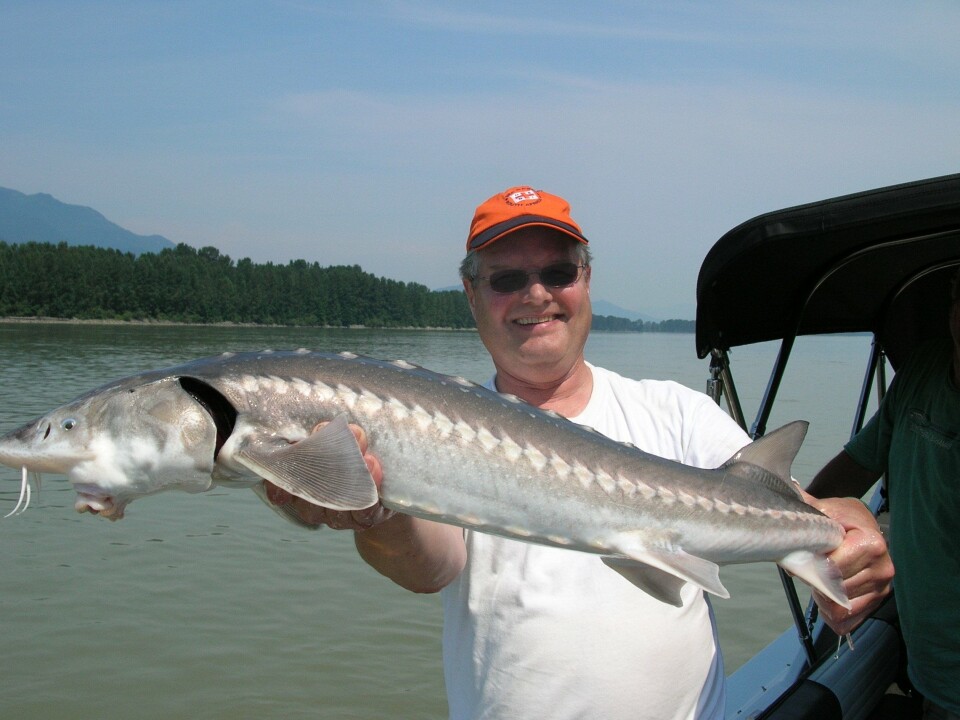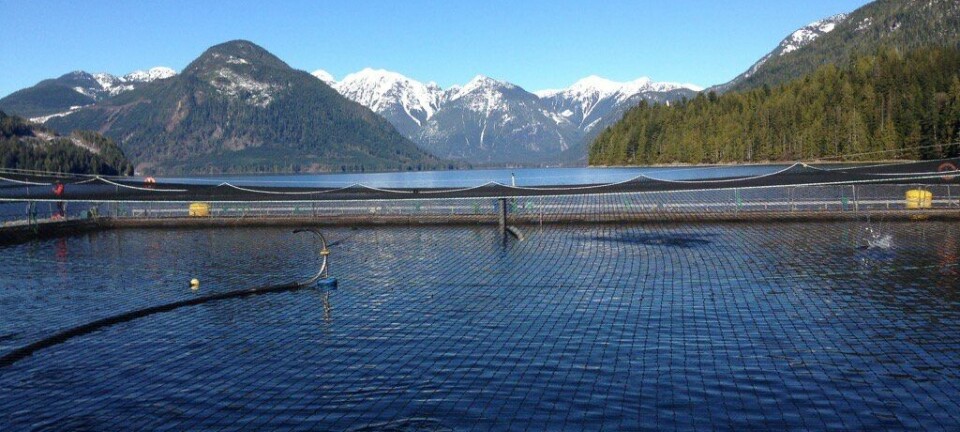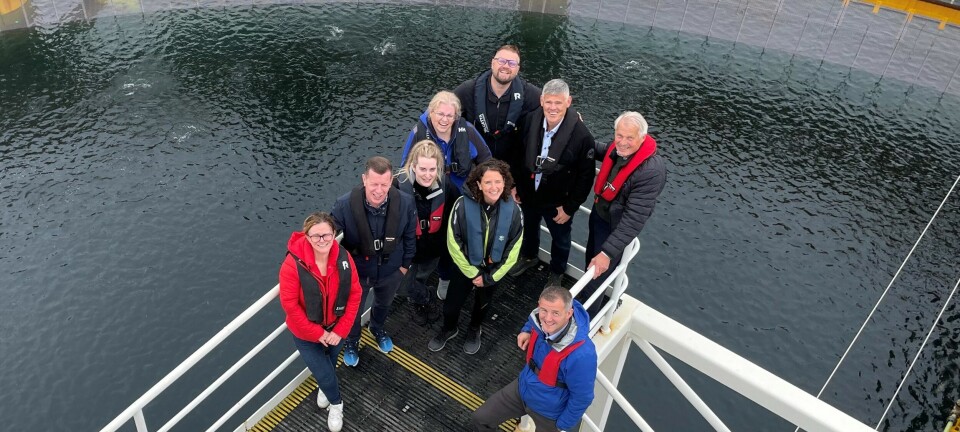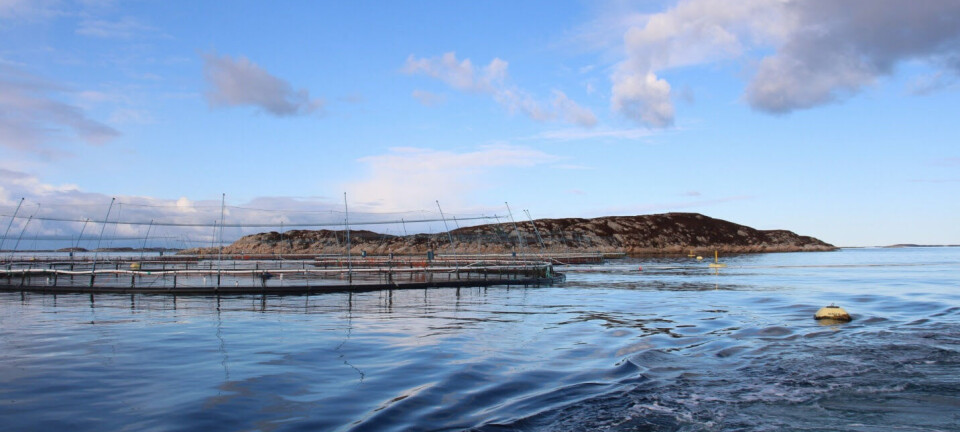
BC sturgeon farmer gets help to conserve water
One of the oldest fish farming companies in B.C. recently sold its salmon farming operations in order to focus its activities on the production of White Sturgeon. Target Marine has invested millions of dollars in its land-based recirculation facility in an attempt to eventually being able to supply the North American market with premium caviar. Any time now some of the massive fish held at the company’s facility near Sechelt on the Sunshine Coast will start to produce the luxury product, and individual females will be anesthetized, the “black gold” surgically removed, and the fish returned to its tank. This impressive research project recently received a boost in form of federal funding, as journalist Jenny Wagler of the Coast Reporter describes;
The federal government is funding $100,000 for Sechelt-based Target Marine Hatcheries Ltd. to adopt a new technology to conserve up to 99 per cent of water and the majority of heating in outdoor sturgeon tanks. "It's really good for us that the federal government has recognized the potential for Canada to become a new competitor in the international caviar trade and also to help ease the pressure on endangered wild stock," said Target's general manager, Justin Henry. "So they recognize the contribution we're trying to make and I'm glad they're so supportive."Target Marine is the only white sturgeon farm in Canada and expects its first caviar harvest in 2011. Internationally, Henry said, wild sturgeon stock have depleted drastically since the 1991 collapse of the Soviet Union, which created five new countries on the shores of the Caspian Sea — historical bastion of the world's sturgeon — and led to a dramatic escalation in sturgeon poaching and a sharp decline in fish numbers. "That's how aquaculture started," he said. "The wild fish decline, and the demand is there."Together with matching funds from the company, he said, the government money will cover the costs of a pilot project to retro-fit two of the company's approximately 30 tanks. The new technology will allow the tanks to re-use 99 per cent of water, as opposed to the current 50 per cent. Also it will reduce energy needs, as only one per cent of the incoming water will be "new" water that has to be brought up to temperature. "If this works out well, then it's something that we could possibly incorporate to some of the other tanks," Henry said.The federal funding comes through the Aquaculture Innovation and Market Access Program (AIMAP), which is slated to provide $23.5 million over five years to support "the development of a vibrant and sustainable Canadian aquaculture industry that contributes to the economies of rural, coastal and First Nations communities," according to a government press release. "By funding innovative projects, the government of Canada is encouraging this increasingly competitive sector to become stronger, more innovative and more environmentally sustainable," Minister of Fisheries and Oceans Gail Shea said, in making the AIMAP funding announcements.























































